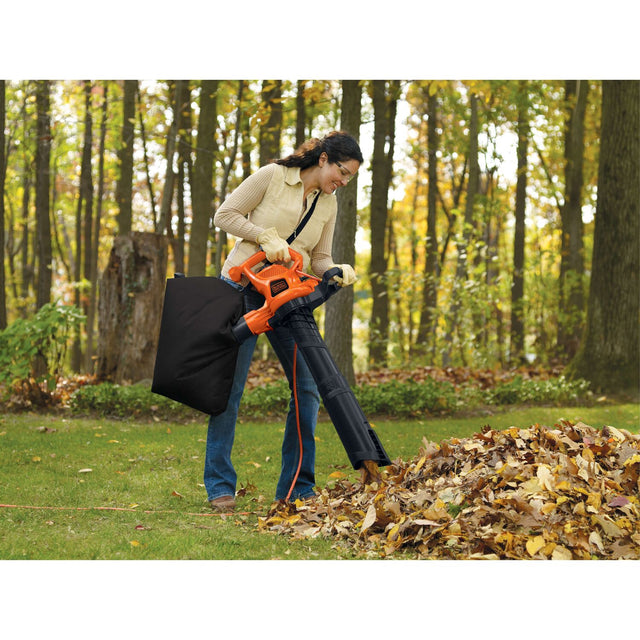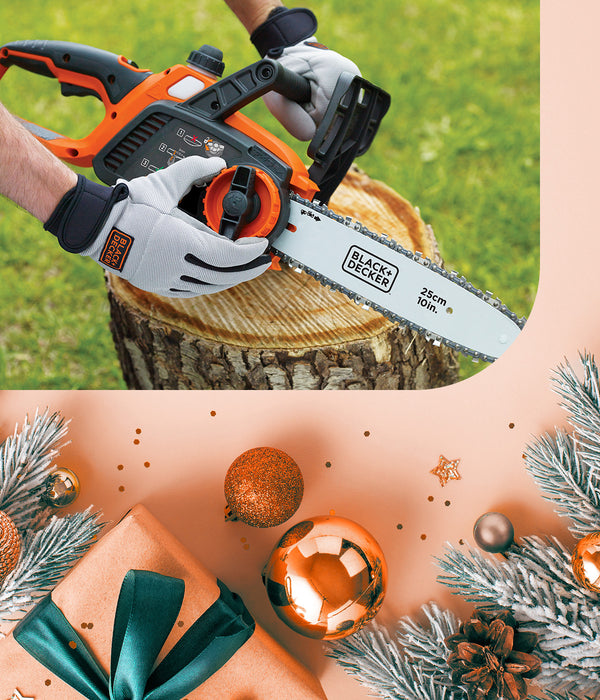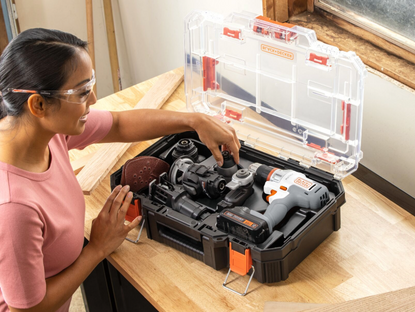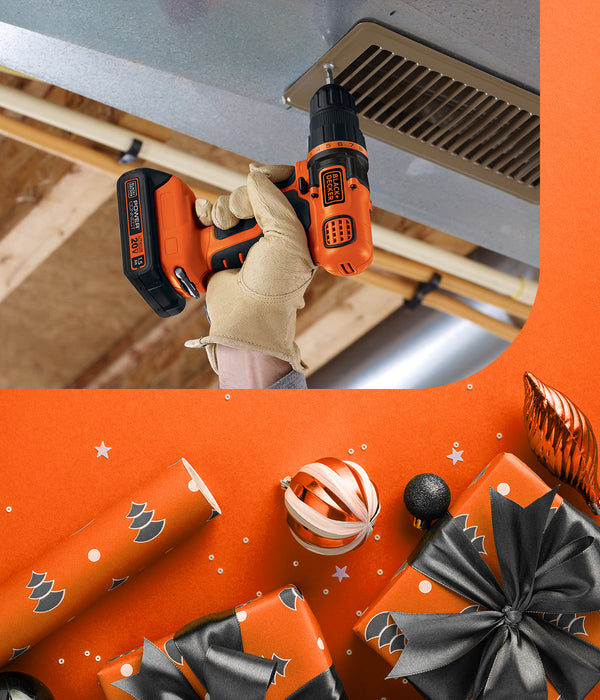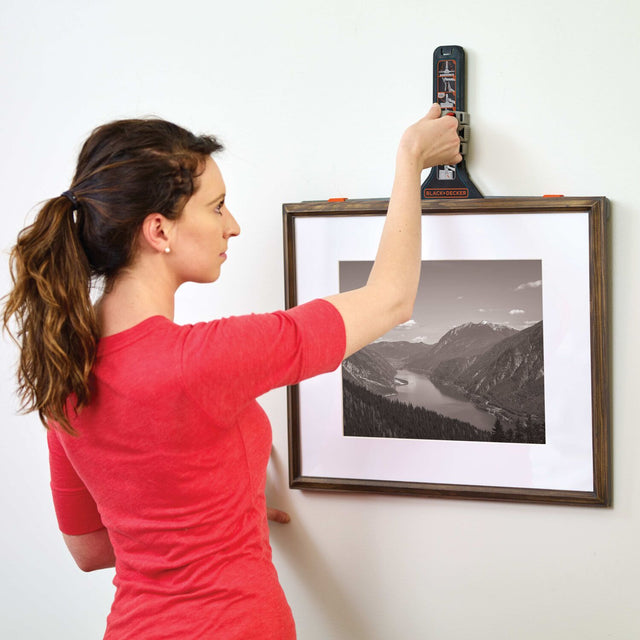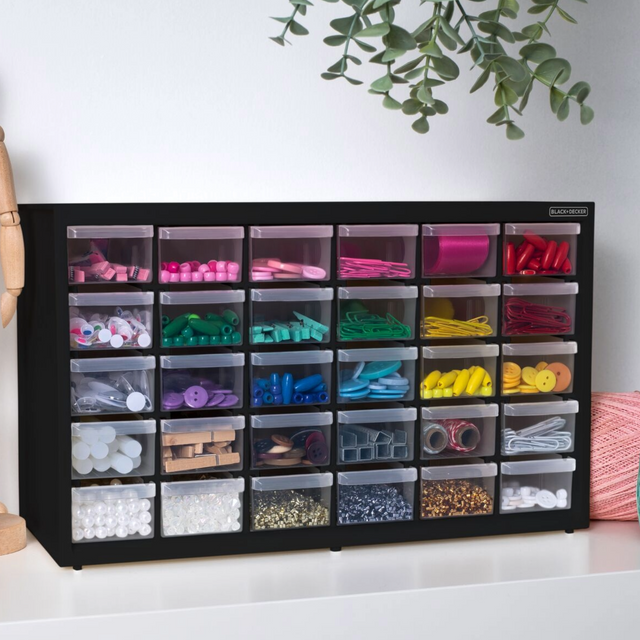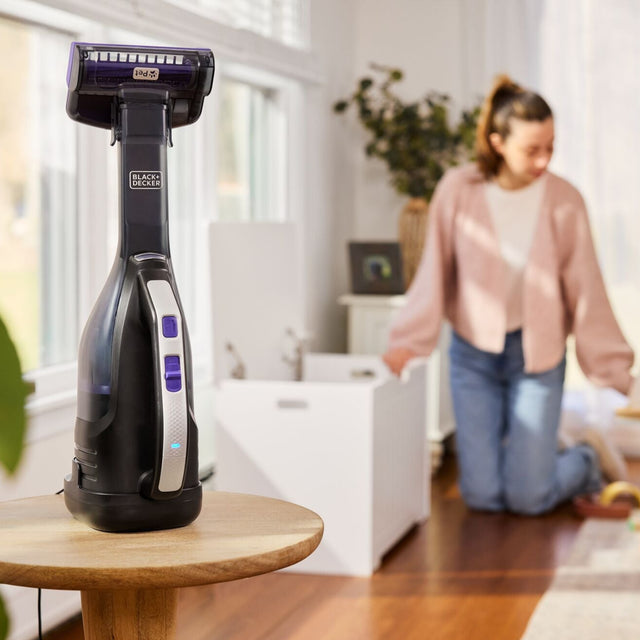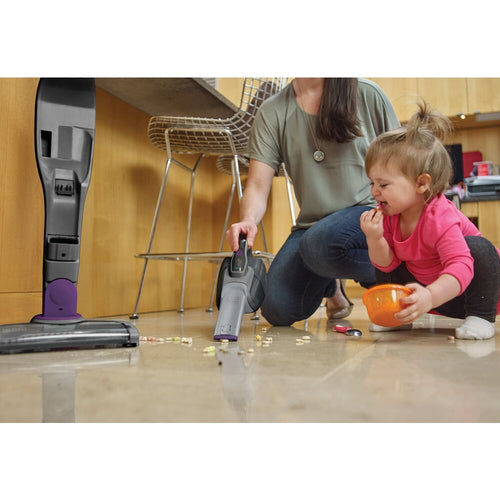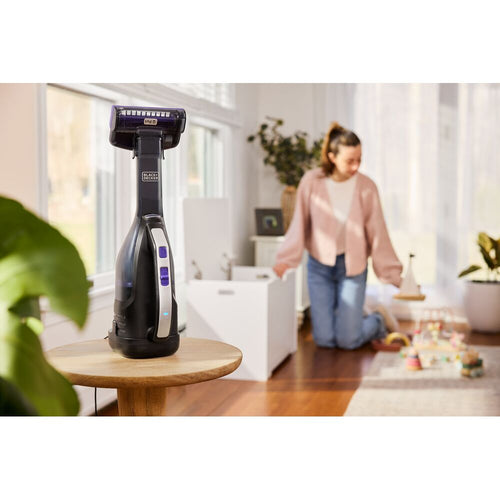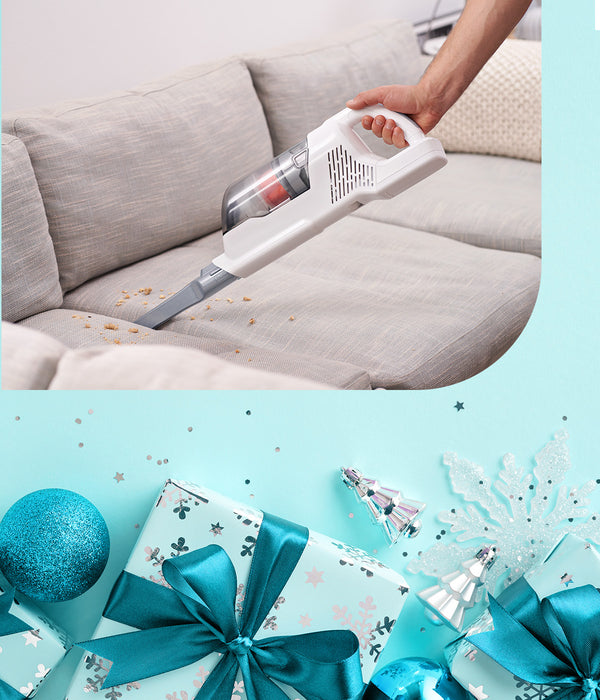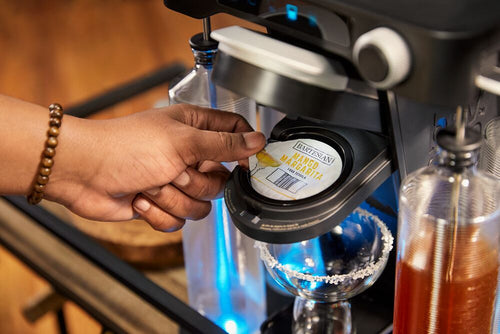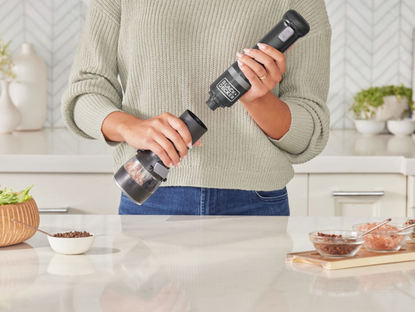What should I consider when shopping for a pet food bowl?
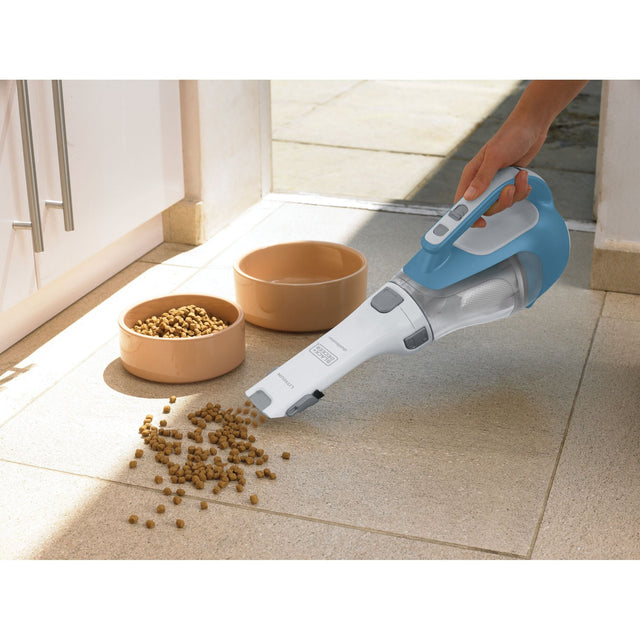
When considering a dog bowl, there are several factors to keep in mind:
1. Size: Choose a bowl that is appropriate for your dog's size. Larger dogs may require bigger bowls to accommodate their food and water needs, while smaller dogs may do well with smaller bowls.
2. Material: Dog bowls are commonly made of stainless steel, ceramic, plastic, or silicone. Stainless steel is durable, easy to clean, and resistant to bacteria. Ceramic bowls are sturdy and can be aesthetically pleasing, but they may break if dropped. Plastic bowls are lightweight and affordable, but they can harbor bacteria and may not be as durable. Silicone bowls are collapsible and great for travel, but they may not be as sturdy as other materials.
3. Design: Consider the design of the bowl. Some dogs prefer shallow bowls, while others may benefit from bowls with higher sides to prevent spills. Additionally, some bowls have non-slip bottoms or raised edges to prevent sliding or tipping.
4. Ease of cleaning: Look for bowls that are easy to clean and dishwasher-safe. This helps maintain good hygiene and prevents the buildup of bacteria.
5. Special features: Some dog bowls come with special features like slow-feeders, which can help prevent fast eating and aid digestion. Others may have built-in water reservoirs or anti-ant designs to keep insects away from the food.
6. Budget: Consider your budget when choosing a dog bowl. There are options available at various price points, so you can find one that fits your needs without breaking the bank.
Remember, it's important to regularly clean your dog's bowl to ensure their health and well-being.
